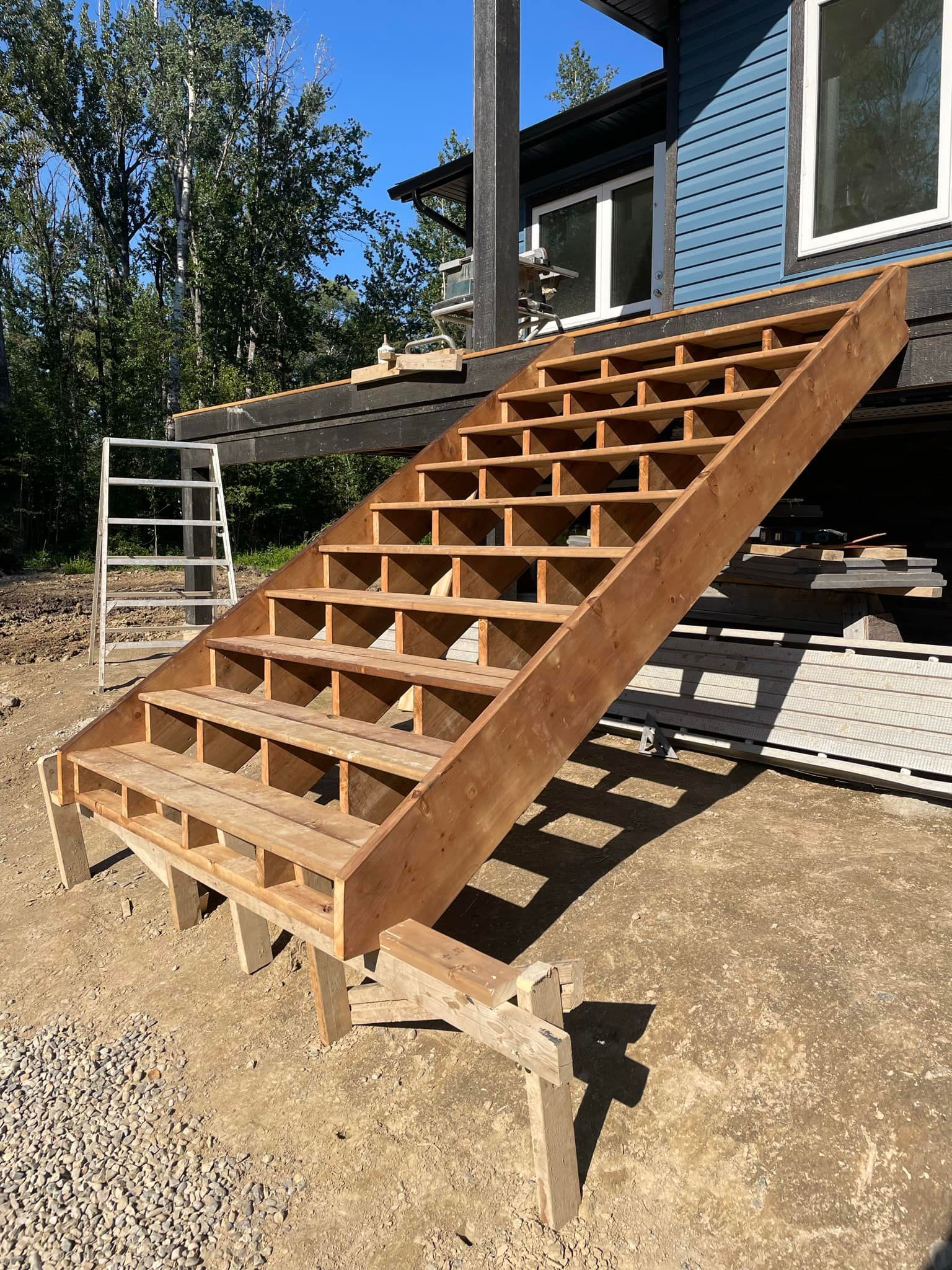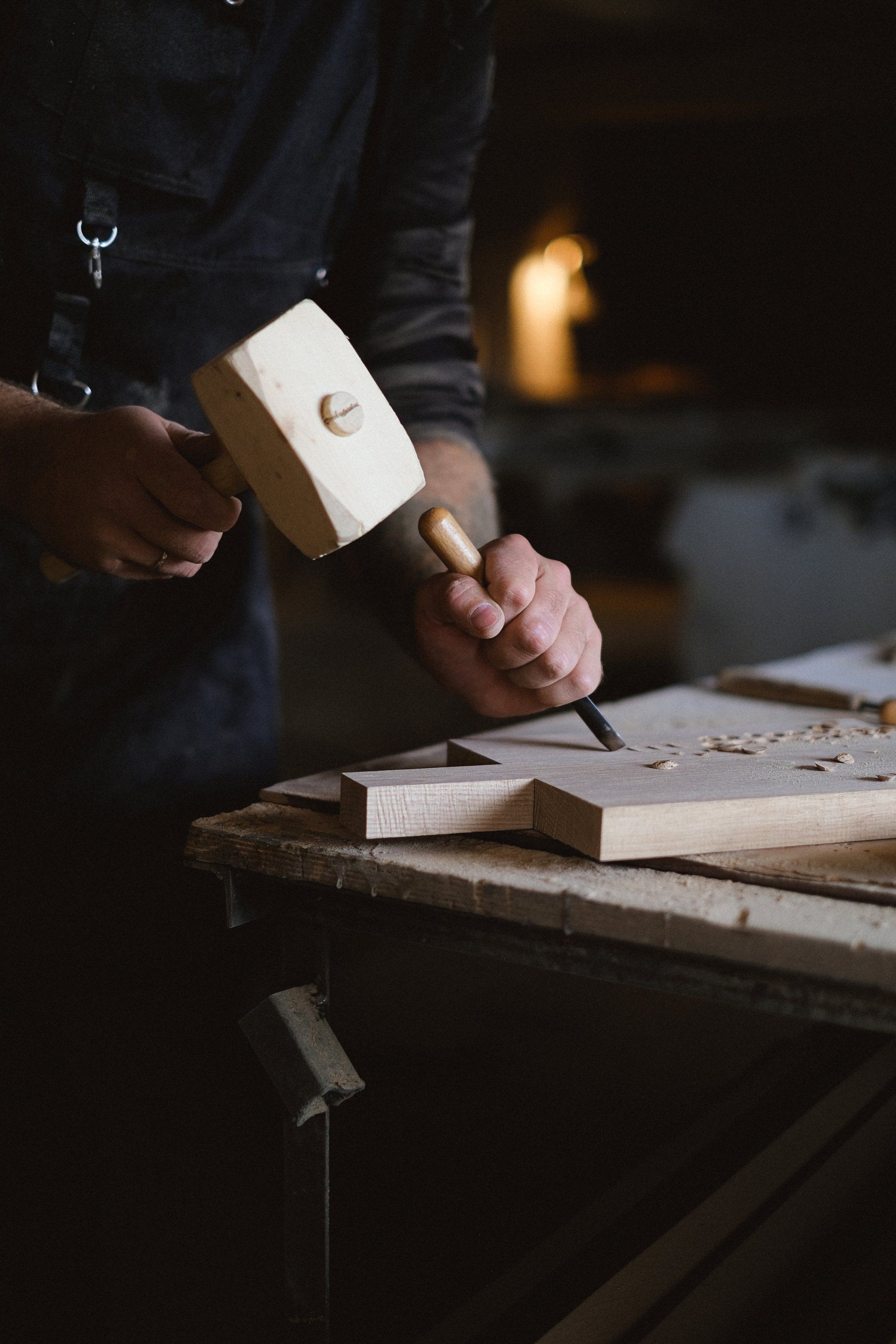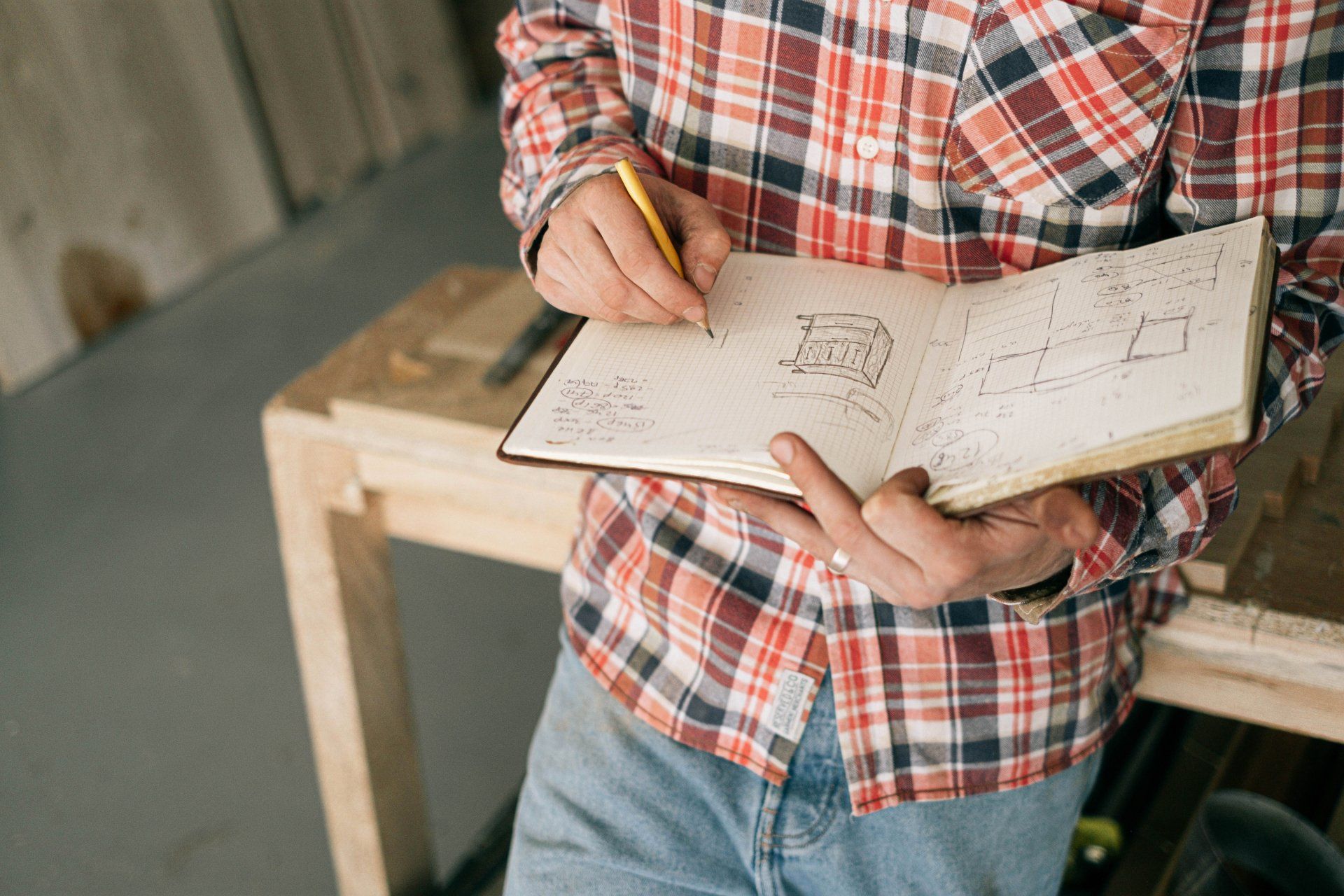Toronto Carpenters
Welcome to Toronto Carpenters, Toronto's premier carpentry business. With over 20 years of experience and a team of skilled craftsmen, we are dedicated to providing the highest quality custom woodworking, cabinetry, and furniture restoration services to our clients. Trust us to bring your vision to life with expert craftsmanship, attention to detail, and exceptional customer service. Choose Toronto Carpenters and experience the difference of working with Toronto's number one carpentry business.
Everything Carpentry. Know your Carpenters!

Carpentry, a timeless craft rooted in the manipulation of wood, holds the power to transform raw materials into exquisite structures and functional objects. From the construction of grand buildings to the creation of intricate furniture, carpenters wield their creativity, precision, and expertise to shape the world around us. In this comprehensive article, we delve into the essence of carpentry, explore the multifaceted role of carpenters, and shed light on the various types of carpentry that exist.
What is Carpentry?
Carpentry can be defined as the skilled trade of working with wood, encompassing a broad range of techniques and practices to construct, assemble, and install wooden elements. It involves not only the physical act of cutting, shaping, and joining wood but also a deep understanding of materials, construction principles, and the utilization of an extensive array of tools. Carpentry encompasses both functional and artistic aspects, requiring a harmonious blend of technical proficiency and artistic vision.
The Role of a Carpenter
Carpenters are skilled professionals who bring architectural plans and design concepts to life. They play a crucial role in the construction industry, collaborating with architects, engineers, and other tradespeople to execute projects with precision and craftsmanship. Carpenters are responsible for a wide range of tasks, including reading and interpreting blueprints, measuring and marking materials, cutting and shaping wood, assembling and installing structures, and providing the finishing touches that add aesthetic value and functionality to a project.
The Red Seal Carpenter
A Red Seal Carpenter is a highly trained professional who has successfully completed an apprenticeship program and has achieved a nationally recognized certification. This prestigious designation, widely acknowledged in Canada, signifies a carpenter's exceptional skills and knowledge. Red Seal Carpenters have demonstrated expertise in areas such as blueprint reading, structural framing, joinery techniques, finishing work, and adherence to industry standards. Their certification is a testament to their commitment to excellence and their ability to meet the highest standards of carpentry craftsmanship.
Joinery: The Art of Wood Connection
Joinery is a fundamental aspect of carpentry that involves the intricate art of connecting wooden elements with precision and strength. It encompasses a variety of techniques and methods, such as mortise and tenon joints, dovetail joints, finger joints, and lap joints, among others. Joinery not only ensures the structural integrity and longevity of a wooden structure but also contributes to its aesthetic appeal, showcasing the skill and craftsmanship of the carpenter.
Carpenter Job Description
The job description of a carpenter is diverse and encompasses a wide range of responsibilities. Carpenters work on various construction projects, including residential, commercial, and industrial settings. Their tasks may include:
- Reading and interpreting blueprints and design specifications.
- Selecting and sourcing appropriate materials for the project.
- Measuring, marking, and cutting wood and other materials to precise dimensions.
- Assembling and installing structural frameworks, including walls, floors, roofs, and staircases.
- Installing doors, windows, and other fixtures.
- Crafting and installing custom cabinetry, millwork, and trim.
- Performing finish carpentry tasks such as molding, trim work, and wood finishing.
- Collaborating with other tradespeople to ensure seamless integration of carpentry elements within the overall project.
- Adhering to building codes, safety regulations, and quality standards throughout the construction process.
- Utilizing a wide range of tools, both hand-held and power tools, to execute carpentry tasks with precision and efficiency.
Types of Carpentry
Carpentry encompasses several specialized fields, each with its own unique skill sets and focuses. Some of the prominent types of carpentry include:
Rough Carpentry
This branch of carpentry deals with the initial construction and structural framework of a project. Rough carpenters work on tasks such as framing walls, floors, and roofs, installing beams and supports, and creating the foundational structure of a building. Their work lays the groundwork for the entire construction process, ensuring stability and integrity.
Finish Carpentry
Finish carpentry involves the meticulous and intricate work that adds the final touches to a project, enhancing its aesthetic appeal and functionality. Finish carpenters specialize in tasks such as installing trim, molding, baseboards, and crown molding. They meticulously craft and install doors, windows, cabinetry, and other architectural features, paying close attention to detail and ensuring a seamless finish that elevates the overall look of the space.
Cabinet Making
Cabinet makers are skilled artisans who specialize in crafting custom cabinets and storage solutions. They work closely with clients to design and build cabinets that meet specific requirements, utilizing their expertise in joinery, precise measurements, and knowledge of different wood types. Cabinet makers create functional and visually pleasing storage spaces that maximize efficiency and contribute to the overall aesthetics of a room.
Restoration Carpentry
Restoration carpentry involves the preservation and restoration of historic structures and architectural elements. Restoration carpenters possess a deep understanding of historical construction methods, materials, and design principles. They skillfully repair and replicate intricate woodwork, ornamental details, and intricate joinery to maintain the authenticity and integrity of historical buildings, ensuring they stand the test of time.
Formwork Carpentry
Formwork carpenters specialize in creating temporary structures, often made of wood, that serve as molds for concrete structures. They meticulously measure, cut, and assemble formwork to precise specifications, ensuring it can withstand the pressure of the poured concrete. Formwork carpenters play a crucial role in constructing foundations, walls, and other concrete structures, ensuring accuracy and stability during the construction process.
Carpentry encompasses a rich tapestry of skills, knowledge, and artistry. From the foundations of rough carpentry to the intricate details of finish carpentry, carpenters bring imagination to life through their expertise and craftsmanship. Whether it's the precise joinery techniques of a Red Seal Carpenter, the artful creation of custom cabinetry, or the restoration of historical structures, carpenters play an indispensable role in shaping our built environment. Their dedication to quality, attention to detail, and mastery of woodworking tools make them the architects of wood, turning mere materials into enduring works of art.


